Firmaroad (M.O.E.)® SS-3 SOIL STABILISER
How to use Firmaroad SS-3 on site
Firmaroad SS-3 targets only the clay fraction of the material it comes into contact with and once treated the clay particles no longer attract water and transform into useful fines which are essential binders in pavement aggregates.
Clay particles, once treated are transformed permanently and actually assist in strengthening pavements and other earthworks structures.
The clay no longer acts as problematic material which causes extensive damage, leading to expensive repairs in pavements.
Firmaroad SS-3 transforms undesired/rejected clay bearing material into useful pavement product reducing the need to import costly quarry products.
Firmaroad SS-3 soil stabiliser
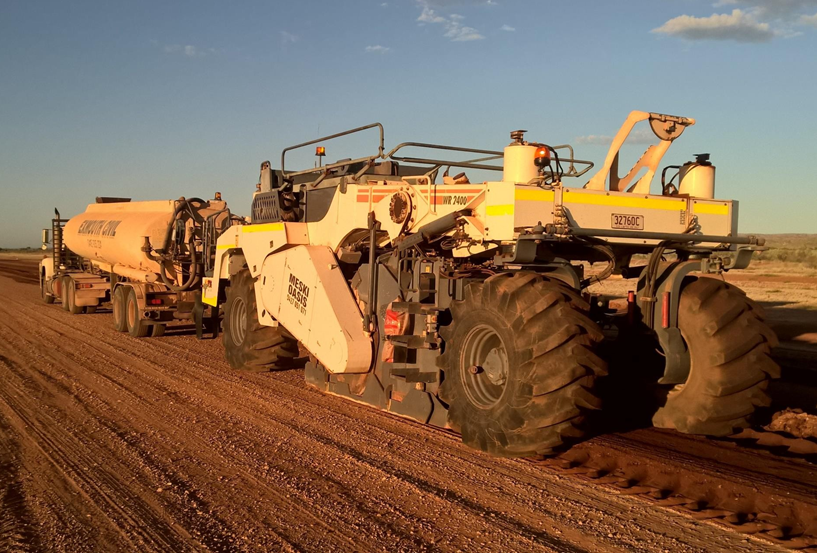
FIRMAROAD SS-3 soil stabiliser
Anticipated subgrade & base material strength increase after Firmaroad stabiliser is applied.
- Stronger Bond
- Increase density
- Increase mechanical strength
- Increased resistance to water penetration
- Reduced dust loss
- Allows the use of more institute material
- Allows the use of more institute material
- All the above means less costs for extended pavement life.
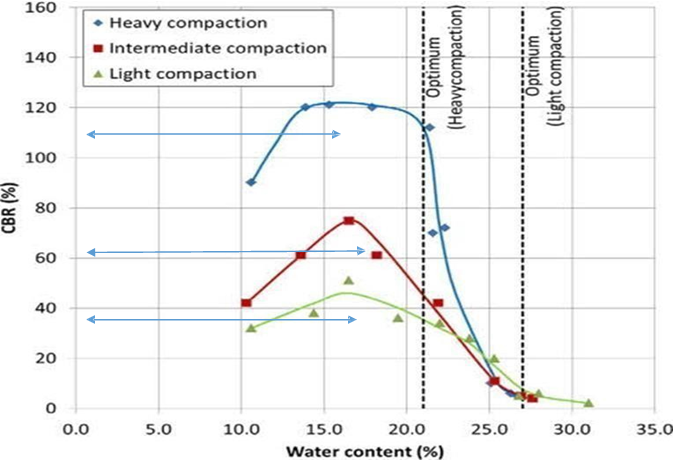
Example only
FIRMAROAD SS-3 soil stabiliser
Examples of deteriorated roads which cause lengthy delays and damage to vehicles.
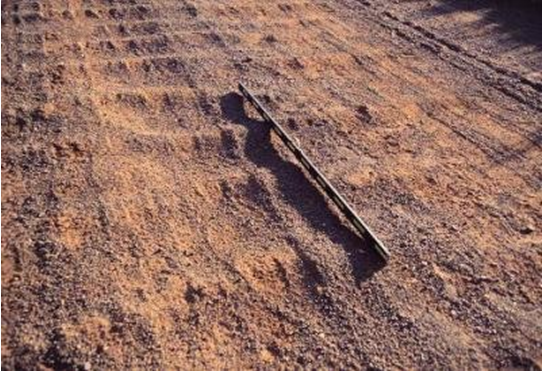
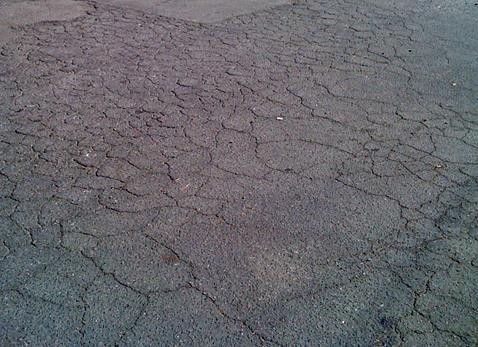
Firmaroad SS-3 Soil Stablizer
FIRMAROAD SS-3 soil stabilising chemical is suitable for-
- Road pavements, both sub-grade and base-course
- Air strips and Helicopter pads
- Dam walls, settlement ponds etc.
- Construction machinery storage / display areas
- Logging truck roads to increase accessibility and reduce delays
- Pot hole repairs in damaged roads
- Parking lots
-
Large animal feed lots – more animal friendly and less expensive than cement
- Existing in-situ material containing Clay (Ground Surface Preparation) at Pre-Construction Stage.
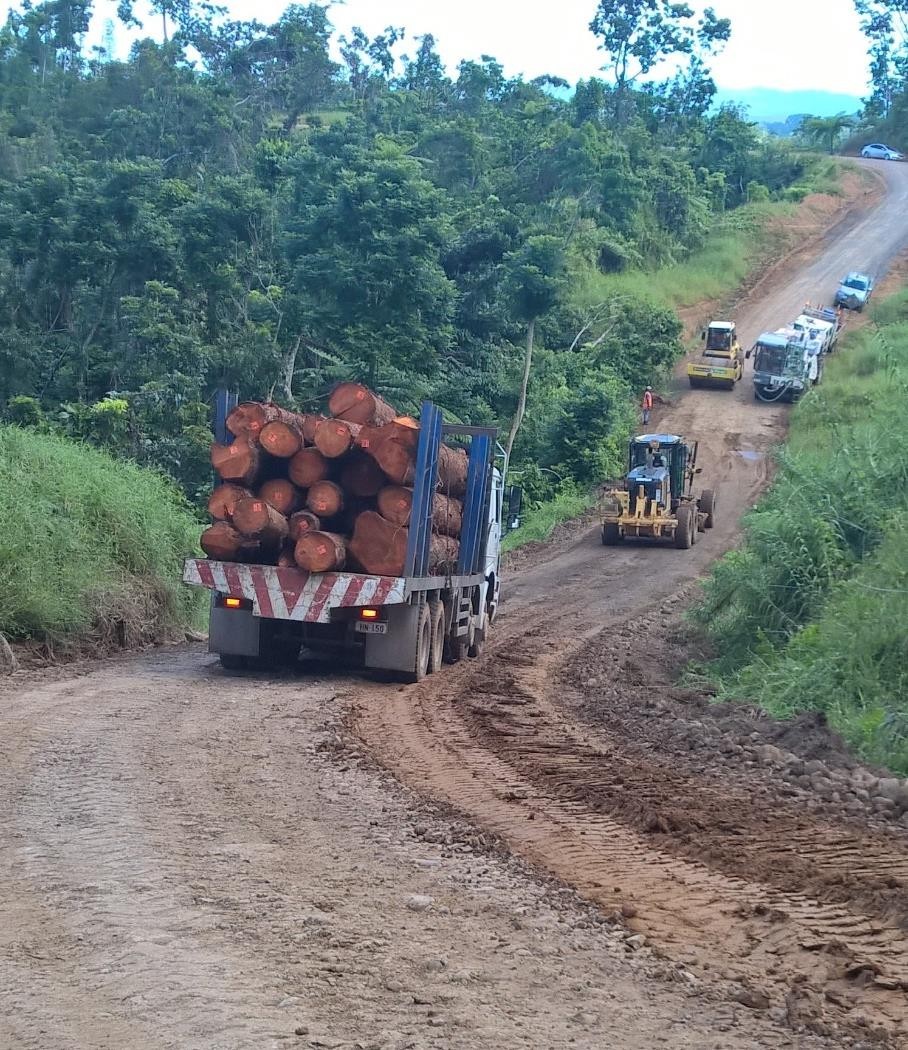
Please contact us to find out how your project can benefit by using FIRMAROAD SS-3.

Step 1
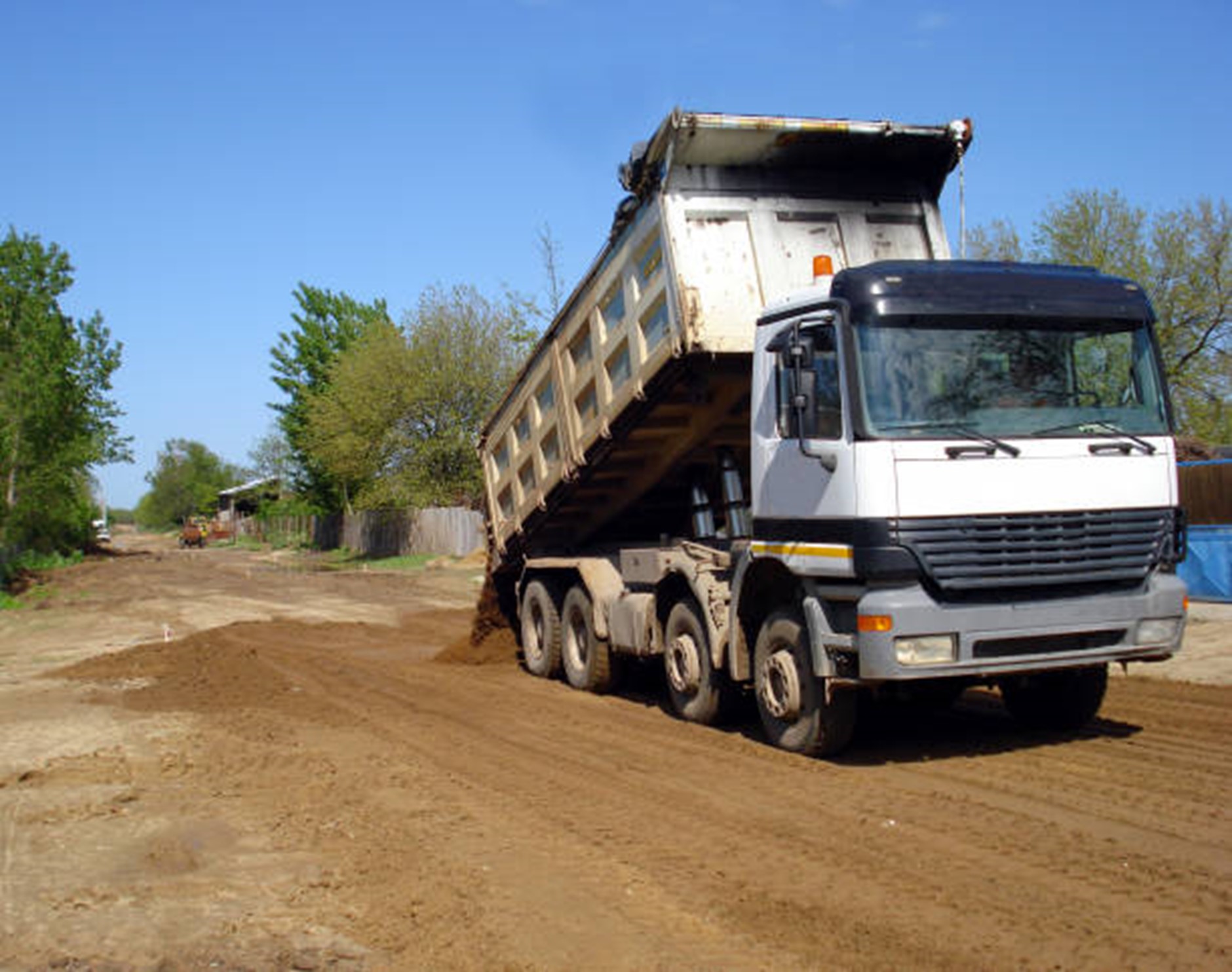
Step 2

Step 3

Step 4
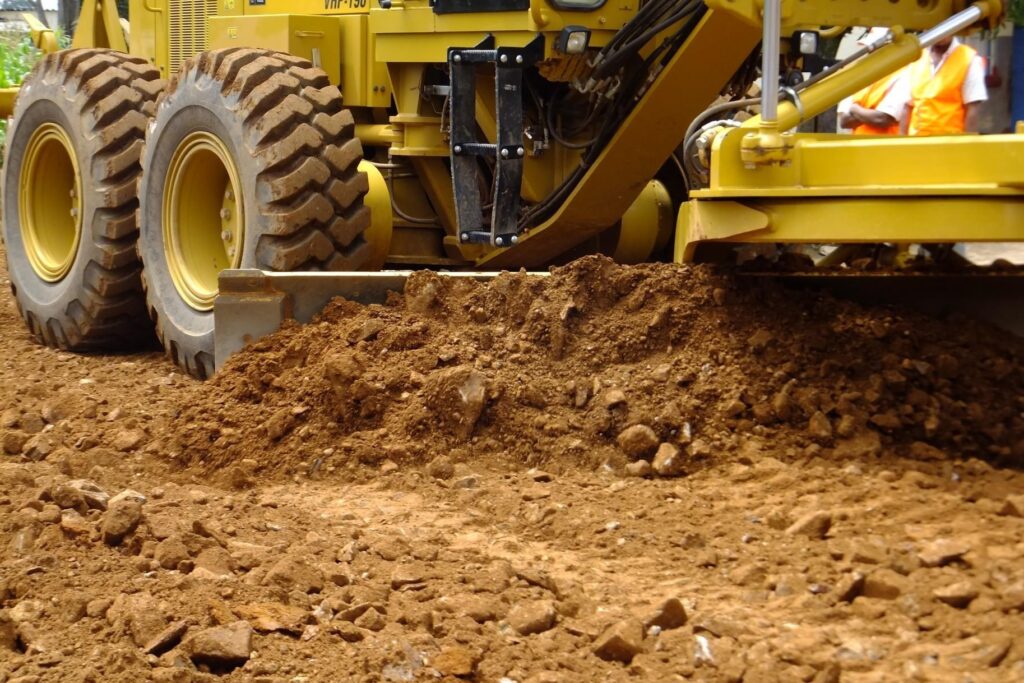
Step 5
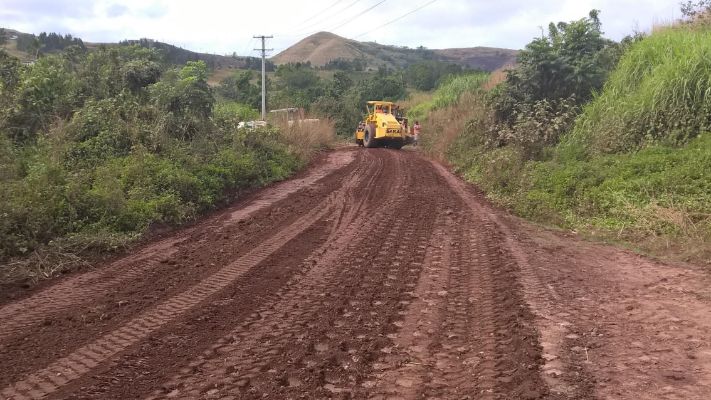
Step 6
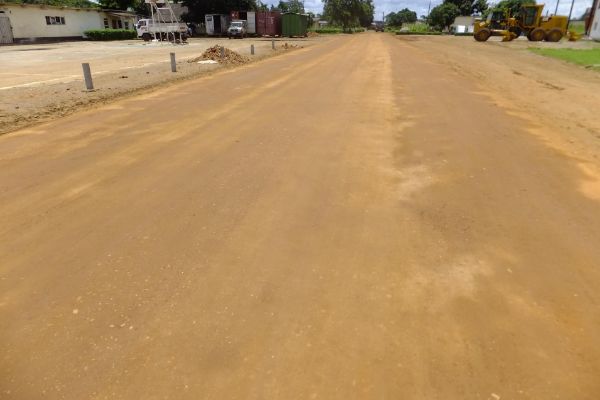
Step
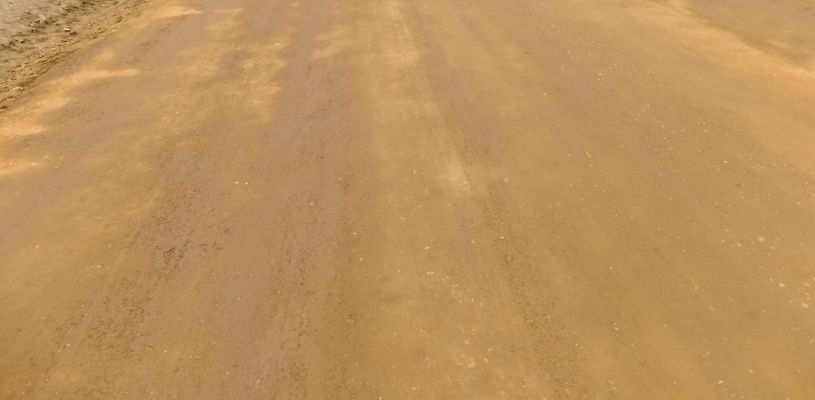
Step 8

Step 9
Advantages of Firmaroad SS-3
It is an environmentally safe, non-toxic product which is easy to use by work crews.
Greatly reduces dust during the construction process in both rural and urban areas compared to cement stabilisation.
Increases road subgrade and base course strengths which allows reduced pavement thickness.
Less material = Less cost.
Significantly reduces mobilization costs as it is very easy and economical to transport, one 200lt drum will treat 1000 m3 of material. (Eg. a road pavement 5 m. W x .2 m. D x 1000 mt. L).
Treated material can be stored for days and will remain workable until compacted, which is very helpful for pothole repairing in both urban remote rural areas.

